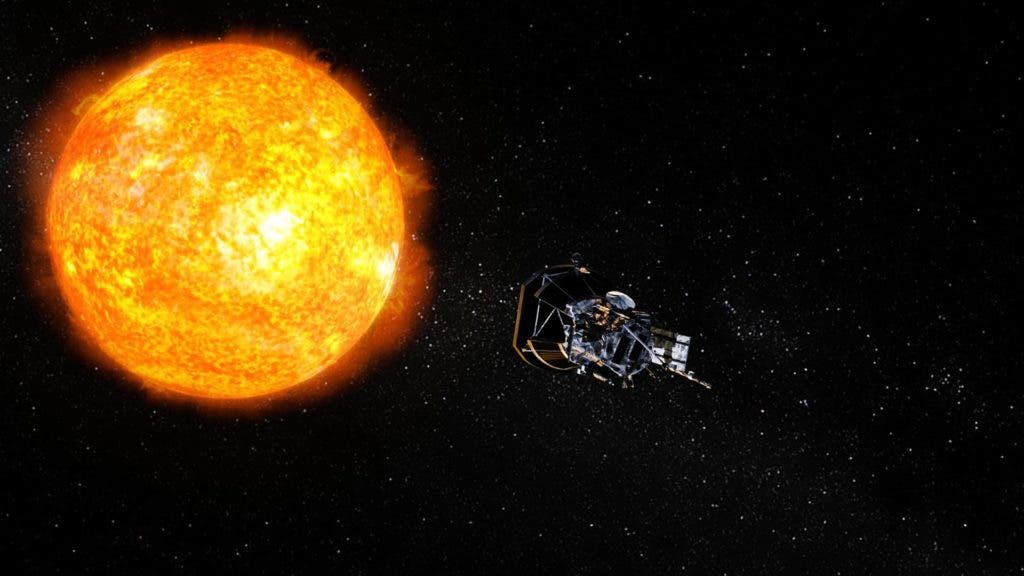NASA’s current solar probe, taking its name after that of groundbreaking astrophysicist Eugene Parker, has made two uneventful (but significant) close passes of our sun. Data transmission from the probe has been better than technicians had anticipated prior to the probe’s launch on Aug. 12, 2018.
Increased Data Transmissions
On May 6, a total of 22 GB of digital information was successfully received from the Parker Solar Probe. Regarding this transaction, a blog post from the Johns Hopkins Applied Physics Laboratory – written by Geoff Brown – stated, “This 22 GB is 50% more data than the team had estimated would be downlinked by this point in the mission…”
Currently, an additional 25 GB of data is in the process of being received and downloaded. The memory transfer, begun on July 24, is set to be completed by Aug. 15, just a few days after the anniversary of the probe’s launch.
The Probe’s Purpose and Expectations

Equipped with a quadruple set of specialized devices, the probe has the capability to register readings on solar particles, waves, and several other aspects around solar phenomena. The discoveries that are in the middle of being received from the spacecraft are supposed to be made accessible by NASA to the public at some point in the future.
The Parker Solar Probe has already made its way into astronomical fame. It is credited with such record-breaking feats as being the vessel to have flown the closest (and the fastest) to the sun.
Its full seven-year mission in orbit around the sun is intended to see the probe make seven flybys. Parker’s third solar encounter is expected to occur on Aug. 27, 2019. And its perihelion, the point at which the spacecraft is closest to our star, is to follow on Sept. 1.
In 2024, it is anticipated the probe will get nearest the sun, closer than any previous solar pass-by it will have made. Estimates from NASA calculate its speed – at that point – would be almost 430,000 mph. If successful, the probe would claim the fastest speed ever achieved by a man-made vehicle.






